Aug 23, 2021
Tour de Nagoya – See Nagoya in a Day
Summer is a time for cycling, with the Tour de France the world’s most famous race. Of course, there is no equivalent in our fair city of Nagoya, so I thought I would come up with one. But this is not a superhuman challenge of endurance like ‘le Tour,’ but instead a great way to hit all of Nagoya’s key spots all in one day. So, what are you waiting for? Hop on your bike, and let’s go!
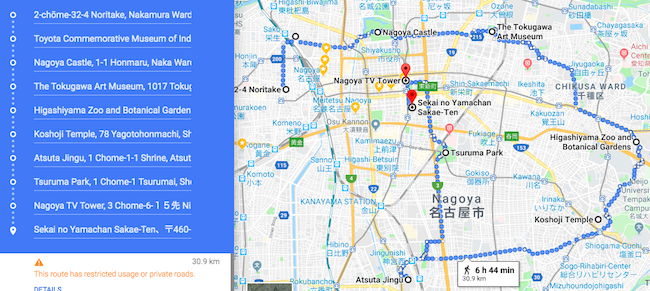
Kissa Morning – km 0
Nagoya is well known for its ‘morning culture.’ “Morning” is what we could call breakfast, and its most famous iteration is a boiled egg with a thick slice of toast and a side salad, all for the price of a coffee. Just behind Nagoya Station, Kissa Morning is a new cafe specializing in this culture, serving ‘morning’ all day, with the standard recommendation is Ogura toast and their excellent coffee. It’s pretty cheap so that you can eat your fill. And you’re gonna need that energy.
Where: 2-32-4 Noritake, Nakamura-Ku (map)
Website: kissamorning.com
Opening Times: 8:00 – 17:00
Toyota Commemorative Museum – km 1.6
Nagoya is well known for its manufacturing, but the Toyota Motor Company stands head and shoulders above the rest. At the Toyota Commemorative Museum, there is an excellent tour that takes you through the history of the Toyota Company, from its relatively humble beginnings as a textile machinery manufacturer to the modern-day global behemoth it is now. It also has exhibitions on the robotics and technologies of the modern car production process, some of which are interactive.
After seeing the cars, hop back on your bike. The route to Nagoya Castle takes you past the redbrick buildings of the Noritake Factory, the famed ceramics plant that has been considered perhaps the finest producer of Japanese china, and should the mood take you, by all means, have a quick look around.
Where: 4-chōme-1-35 Noritakeshinmachi, Nishi Ward (map)
Website: tcmit.org
Opening Times: 9:30 – 17:00; Closed Mondays
Nagoya Castle – km 4.1
After meeting up with the river that joins the moat, take in Nagoya Castle, the city’s primary symbol. The construction of Nagoya-jo began with orders from the Shogun Tokugawa Ieyasu in 1610. Its location along the Tokaido road was of such high importance to protect trade and resist any potential attacks rising from Osaka that the castle’s chief architect Nakai Masakiyo was killed to ensure he would not relinquish the castle’s security secrets. The castle is currently under renovation, but the grounds are still beautiful and well worth a look.
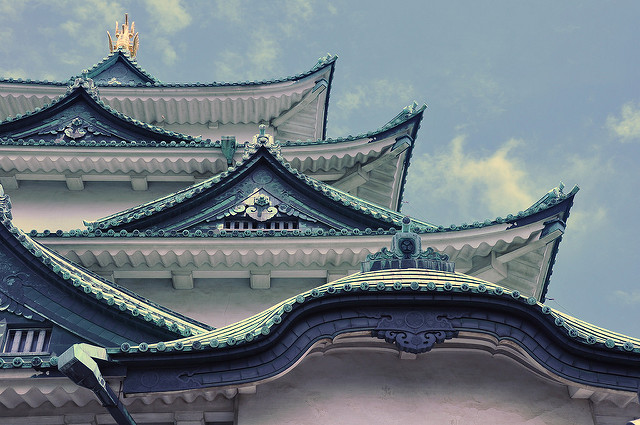
Where: 1-1 Honmaru, Naka-Ku (map)
Website: nagoyajo.city.nagoya.jp
Opening Times: 9:00 to 16:30
Tokugawa Art Museum – km 7.1
After passing the imposing Aichi Prefectural buildings and Meiwa High School, a one-time school for samurai, you will come to Tokugawa Art Museum, dedicated to artifacts of perhaps the most famous samurai of them all.
With most of the artifacts on display donated by the Tokugawa family along with the park grounds, the museum’s exhibits offer the visitor a perhaps unique understanding of the shogun Tokugawa Ieyasu. Exhibits include ten National Treasures amongst the priceless collection of art objects, furnishings, and heirlooms, as well as swords, armor, Noh costumes, and lacquer furniture.
Where: Higashi Ward, Tokugawacho, 1001 (map)
Website: tokugawa-art-museum.jp
Opening Times: 10:00 – 17:00; Closed Mondays
Higashiyama Zoo – km 12.6
You may want to break up the 5.5km ride to Higashiyama Zoo by stopping off at Nittaiji, a beautiful Buddhist temple built to celebrate relations between Japan and Thailand, complete with what is supposed to be the toe of the Buddha himself.
At Higashiyama Zoo, you can feed animals, sit under the numerous trees, or stroll through gardens filled with flowering plants. If that is not enough, there are over 500 species, including koalas, giraffes, and even a rare leopard.
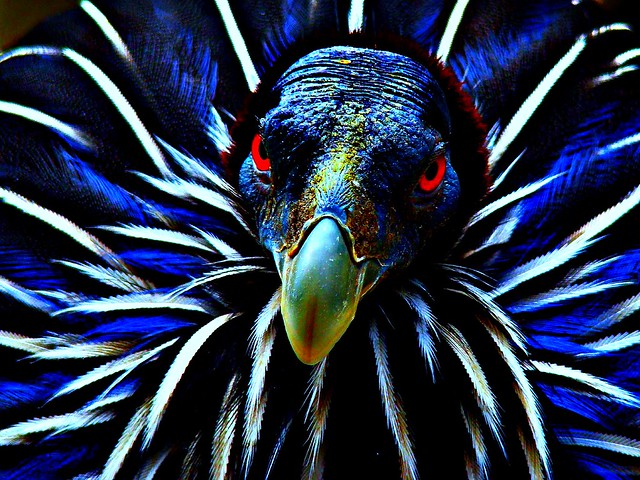
If you are starting to get peckish, take a seat in the shade and break out your packed lunch. Keeping to the Nagoya theme, you should have picked up a fried prawn or pork cutlet sandwich from Konparu in Nagoya Station.
Where: Higashiyama Zoo and Botanical Gardens, Higashiyama Motomachi 3-chome, Chikusa-Ku 70 (map)
Website:higashiyama.city.nagoya.jp
Opening Times: 9:00 to 16:30; Closed Mondays
Koshoji Temple – km 15.3
Riding through the leafy outer suburbs of Nagoya and past the university campuses, you come to Yagoto, home to the Koshoji Temple. Koshoji was founded by the monk Tenzui in the 17th century and enjoyed a long connection with the Owari branch of the Tokugawa family. The stand-out structure, a 30m-tall, five-story wooden pagoda, was built in 1808 and is the only wooden pagoda of its kind in the Tokai region. The main hall is older, dating from 1750, and enshrines an image of Amida Nyorai, the Buddha of the Afterlife, and a shrine where believers can pray for ‘pokkuri,’ or painless death.
Where: Showa Ward, Yagotohonmachi, 7 8 (map)
Website: koushoji.or.jp
Atsuta Jingu – km 21.2
At 6.1 km, the route to the Atsuta Jingu is the longest leg of the tour, but thankfully it is pretty much downhill all the way, and the site that meets you is well worth it. Atsuta Jingu ranks in importance second only to the Great Shrine of Ise in Mie (the center of the Shinto religion in Japan) and draws over nine million visitors a year to its gates. The shrine dates back nearly 2,000 years and is dedicated to the “Five Great Gods of Atsuta,” connected with the sacred sword Kusanagi no Tsurugi, or “The Grass-Cutting Sword.”
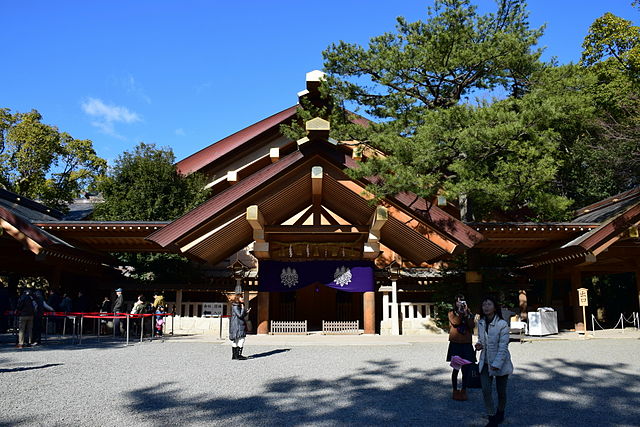
Where: Atsuta Ward, Jingu, 1 Chome 1-1 (map)
Website: atsutajingu.or.jp
Tsuruma Koen – km 25.8
Most people know Tsuruma Koen from hanami season, but it is much better the rest of the year when not crammed with thousands of drunks. Tsuruma Park (often mistakenly called Tsurumai Park) is the oldest park in Nagoya and was established in 1909. The park features a large fountain and gazebo constructed in a decidedly European style, and if you are feeling competitive, you can have a quick round of crazy golf
Where: 1-chōme-1 Tsurumai, Shōwa-ku (map)
Website: city.nagoya.jp
TV Tower – km 28.6
By now, it should be time to turn on your bike lights as you head back up into the city and through Hisayaodori Park, via the shopping district of Sakae, towards the TV Tower. The 180-meter tower was the first built in Japan back in 1954 and is a symbol of Nagoya. When the weather is beautiful, you can find families and couples taking pictures in front of it, and at night with the tower illuminated, it dominates the skyline from all over Sakae. If you have made good time on your ride, you should be able to make it up to one of the observation decks to see the city panorama lit up all around you.
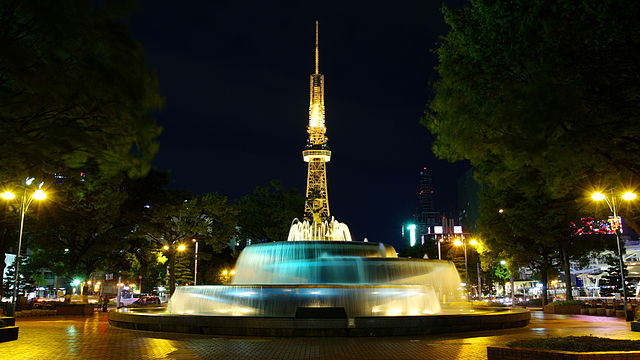
Where: 3-chōme-6- 1 5 Saki Nishiki, Naka-ku (map)
Website: nagoya-tv-tower.co.jp
Opening Times: 10:00 to 19:00
Yamachan – km 30
After all of this, you are no doubt feeling pretty hungry, and as such, there is no better way to finish your day than at the most ‘Nagoya’ of restaurants, Yamachan.
Best known for its spicy chicken wings, Sekai-no-Yamachan is a great izakaya with a wide range of dishes and drinks, so replenish your energy. But please keep in mind that it is illegal in Japan to drink and ride, so if you enjoy a well-deserved beer or highball, make sure you walk your bike home!
Where: Naka – ku, Sakae, 4 – chōme − 16 − 24 mizugame pākingubiru 2 3 F (map)
Website: Yama-chan-Sakae.business.site
Opening Times: 17:00 to 00:15
Image: by Marufish via flickr.com [CC-BY-NC-ND] – modified
Image: by muzina_shanghai via flickr.com [CC-BY-NC-ND] – modified
Bariston [CC BY-SA 4.0 (https://creativecommons.org/licenses/by-sa/4.0)], from Wikimedia Commons
By 名古屋太郎 [CC BY-SA 3.0 or GFDL], from Wikimedia Commons
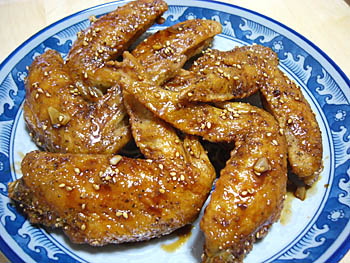

About the author